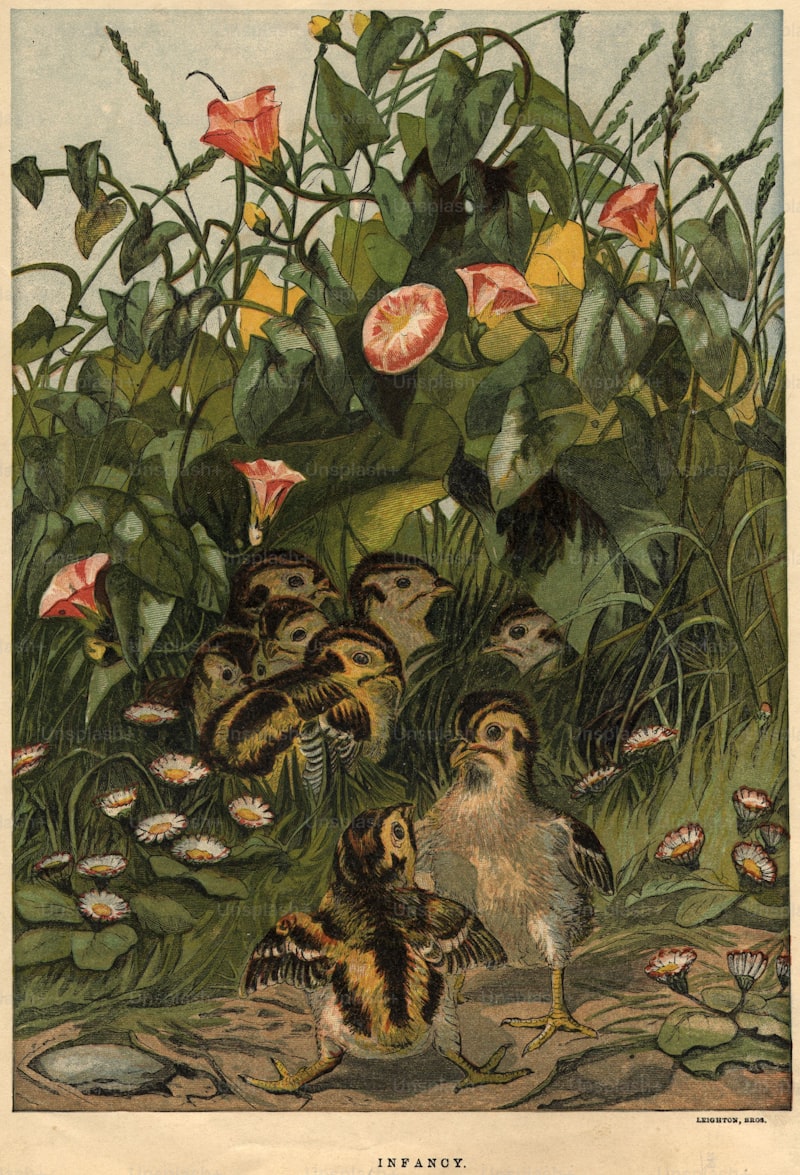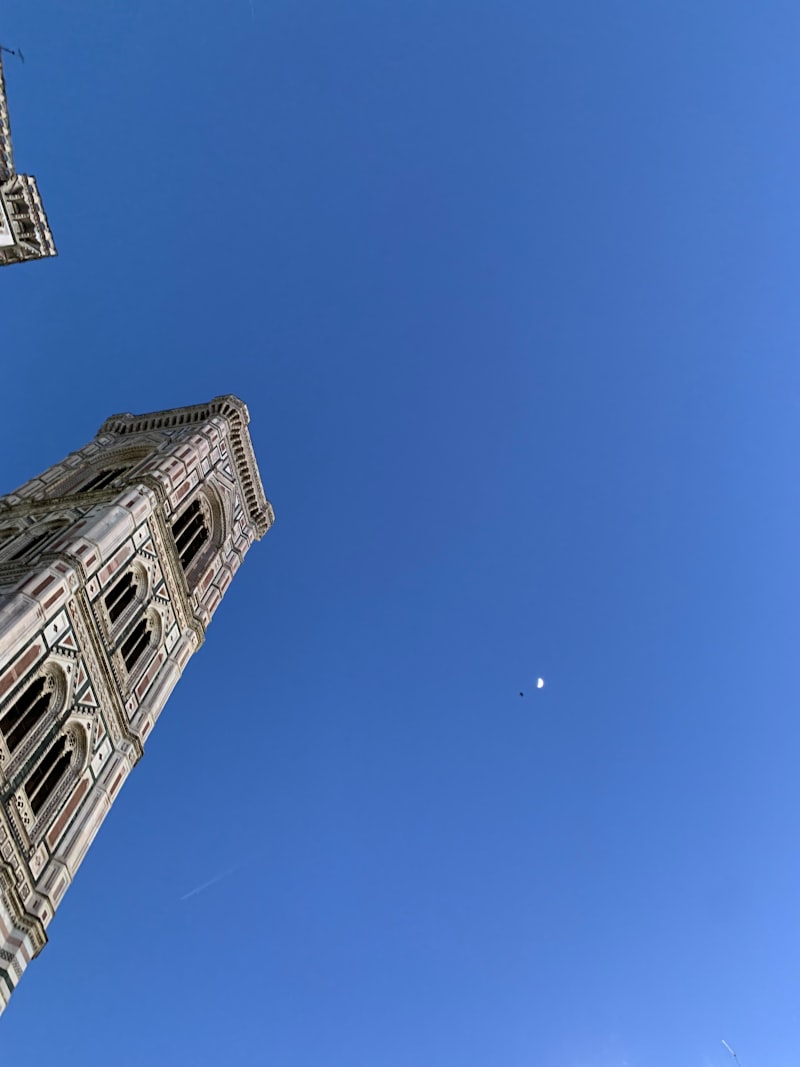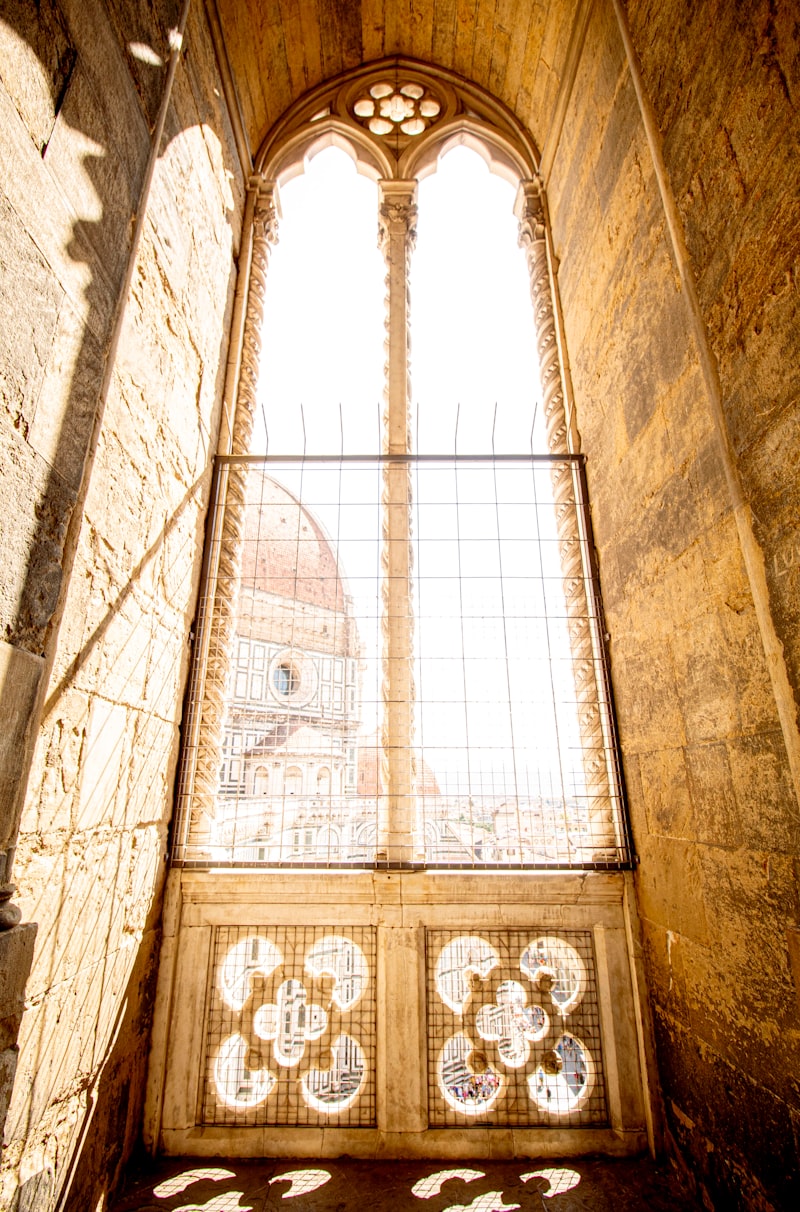Florence, renowned as the cradle of the Renaissance, exudes a timeless charm where art and history intertwine seamlessly. This Italian gem captivates visitors with its rich cultural tapestry woven through centuries of artistic brilliance. Wander through Florence, and you’ll find yourself immersed in a living museum of unparalleled beauty.
The city’s historic center, a UNESCO World Heritage site, boasts architectural wonders like the iconic Florence Cathedral, known as the Duomo, with its magnificent dome crafted by Filippo Brunelleschi. As you stroll along the cobblestone streets, every corner reveals treasures from the past, from the majestic Palazzo Vecchio to the Uffizi Gallery, housing masterpieces by Michelangelo, Leonardo da Vinci, and Botticelli.
Art enthusiasts flock to Florence not just for its museums but for its vibrant street art scene and contemporary galleries that breathe new life into the city’s artistic soul. Beyond the art, Florence’s history unfolds like a captivating narrative, from its powerful Medici rulers to the birth of modern banking and commerce.
The city’s charm lies in its ability to blend the old with the new, where medieval towers stand alongside trendy cafes and boutiques. It’s a place where each step feels like a journey through time, where the echoes of Dante’s Divine Comedy resonate in the streets and the aroma of freshly brewed espresso fills the air.
In Florence, art isn’t just confined to canvases but is part of everyday life, from the traditional craftsmanship of Florentine leather goods to the bustling markets brimming with local produce and handicrafts. Whether you’re an art aficionado, a history buff, or simply a traveler seeking inspiration, Florence promises an experience that transcends time and leaves an indelible mark on your soul.
Unveiling Florence: A Journey Through the Artistic Tapestry of the Renaissance
Florence, often hailed as the cradle of the Renaissance, offers a mesmerizing tapestry of artistic wonders that continue to captivate visitors from around the globe. From the iconic Uffizi Gallery to the exquisite sculptures of Michelangelo’s David at the Accademia, every step in Florence feels like a step back in time, into an era when art and culture flourished like never before.
One cannot discuss Florence without mentioning the Uffizi Gallery, a treasure trove of Renaissance art. Housing masterpieces by Botticelli, Leonardo da Vinci, and Raphael, among others, the Uffizi is not just a museum but a sanctuary where each painting tells a story of its own. Imagine standing before Botticelli’s “The Birth of Venus,” feeling the ethereal beauty that has inspired generations.
The allure of Florence extends beyond its galleries. The city itself is a canvas adorned with architectural marvels like the Florence Cathedral (Duomo), with its stunning dome designed by Brunelleschi. Climbing to the top of the Duomo rewards you with panoramic views of the cityscape, a visual feast that complements the artistic wonders found within.
While Florence’s art scene is steeped in tradition, it also embraces modernity. The Oltrarno district, for instance, is a haven for contemporary artists and artisans, where workshops breathe new life into age-old techniques. Here, you can witness craftsmen meticulously creating leather goods, jewelry, and handcrafted paper, preserving Florence’s artistic heritage in a contemporary context.
As you wander through the streets of Florence, each turn offers something new to discover—a hidden fresco, a charming trattoria tucked away in an alley, or a street performer echoing melodies from centuries past. Florence isn’t just a city; it’s a testament to human ingenuity and creativity, where the spirit of the Renaissance continues to thrive.
Beyond Michelangelo: Exploring Hidden Art Treasures in Florence’s Historic Districts
Florence, renowned for Michelangelo and the Renaissance masters, holds more artistic treasures than meets the eye. Beyond the iconic works that draw millions annually, the city’s historic districts unveil a tapestry of hidden gems waiting to be discovered.
Wandering through Florence’s labyrinthine streets, one encounters lesser-known wonders that enrich the city’s cultural tapestry. From tucked-away chapels adorned with intricate frescoes to quaint galleries showcasing local artisans’ modern interpretations, each corner tells a story of artistic evolution.
In the Oltrarno district, south of the Arno River, the emphasis shifts from grandeur to intimacy. Here, workshops preserve age-old techniques in craftsmanship, passed down through generations. Visitors can witness artisans meticulously handcrafting leather goods or forging intricate metalworks, breathing life into traditions that define Florentine artistry.
Venturing into the San Lorenzo neighborhood unveils a different facet of Florence’s artistic legacy. While crowds flock to the Medici Chapels and the Basilica di San Lorenzo, nearby corridors house hidden studios where contemporary artists push boundaries. Their works, often inspired by the city’s rich heritage, blend tradition with innovation, inviting viewers to ponder the evolving definition of art in Florence.

For those seeking spiritual reflection intertwined with artistic marvels, the Santo Spirito quarter beckons. The Basilica of Santo Spirito, with its unassuming facade, harbors treasures within—a testament to the profound connection between faith and artistic expression in Renaissance Florence.
Exploring these hidden art treasures transcends the conventional tourist experience, offering a deeper appreciation of Florence’s artistic soul. Whether stumbling upon a centuries-old workshop or stumbling upon a modern masterpiece, each encounter enriches the narrative of this timeless city, where art flourishes in unexpected places.
This article aims to capture the allure of lesser-known artistic wonders in Florence, engaging readers with vivid descriptions and a conversational tone that invites exploration beyond the famous landmarks.
From Medici to Modernity: Tracing the Evolution of Art in Florence’s Museums
In the heart of Florence, the Uffizi Gallery stands as a testament to the Renaissance masters who once walked these streets. Here, works by Leonardo da Vinci, Michelangelo, and Botticelli adorn the walls, each piece a masterpiece in its own right. The gallery itself, once offices (uffizi) of the Medici family, now houses one of the most extensive collections of Renaissance art in the world, drawing millions of visitors annually who seek to immerse themselves in its historical significance and aesthetic beauty.
Moving beyond the Renaissance, the Bargello Museum offers a glimpse into the evolution of sculpture in Florence. Originally a medieval fortress and later a prison, the Bargello now showcases a remarkable collection of sculptures by artists such as Donatello and Michelangelo. The precision and emotion captured in these sculptures reflect the shift from medieval rigidity to the expressive dynamism of the Renaissance period.
Florence’s museums not only preserve the past but also celebrate the innovations of modernity. The Museo Novecento, for instance, bridges the gap between classical art and contemporary expression, featuring works by 20th-century Italian artists who pushed boundaries and redefined artistic norms.
In essence, Florence’s museums are more than repositories of art; they are living testaments to the evolution of human creativity and cultural expression. Each visit invites us to ponder the enduring legacy of artists who dared to challenge conventions and explore new frontiers of artistic possibility.
Rediscovering Renaissance Masterpieces: Florence’s Art Scene in the 21st Century
Imagine strolling through the Uffizi Gallery, where every brushstroke tells a story of artistic genius. From Botticelli’s ethereal “The Birth of Venus” to Leonardo da Vinci’s enigmatic “Annunciation,” each masterpiece resonates with a profound sense of wonder. These works not only reflect the artistic brilliance of their creators but also offer a glimpse into the cultural tapestry of Renaissance Florence.
Step outside the gallery, and you’ll find Florence itself is a living canvas. The city streets, adorned with ancient sculptures and ornate architecture, evoke a sense of awe and admiration. It’s as if every corner hides a piece of history waiting to be uncovered.
As the sun sets over Ponte Vecchio, the city’s artistic spirit comes alive in its modern interpretation. Contemporary galleries and art spaces breathe new life into centuries-old traditions, blending the classical with the avant-garde. It’s a testament to Florence’s enduring role as a cultural beacon, where past and present converge in a harmonious dance.
But what makes Florence truly special is its ability to enchant and inspire. The art scene here isn’t just about admiring paintings on walls—it’s about experiencing history, culture, and creativity in its purest form. It invites us to ponder the timeless questions of beauty, expression, and human ingenuity.
In the 21st century, Florence’s art scene continues to evolve, embracing digital mediums and innovative techniques while honoring its rich heritage. It’s a place where art isn’t confined to museums but spills out into the streets, cafes, and even the riverbanks.
So, whether you’re a seasoned art aficionado or a curious traveler, Florence promises a journey of discovery. It’s a city where every step reveals a new perspective, and every artwork tells a story of passion and mastery. Rediscover Renaissance masterpieces in Florence—where the past meets the present, and art transcends time.
Walk Through Time: The Intersection of Art and History in Florence’s Iconic Landmarks
One cannot explore Florence without encountering its crown jewel, the Florence Cathedral, or Il Duomo. This architectural marvel, with its striking dome designed by Filippo Brunelleschi, not only dominates the skyline but also symbolizes the city’s Renaissance spirit. As you stand before its intricate facade, adorned with marble panels and statues, you can’t help but feel transported to an era of artistic brilliance and innovation.
Adjacent to the cathedral lies the Baptistery of St. John, a structure renowned for its bronze doors crafted by Lorenzo Ghiberti. These doors, depicting scenes from the Bible with astonishing detail, have earned the nickname “Gates of Paradise” from Michelangelo himself. They serve as a vivid reminder of Florence’s deep religious roots and its patronage of the arts during the Renaissance.

Walking along the Arno River, you encounter the Ponte Vecchio, a bridge that has spanned the river since the Middle Ages. Lined with jewelry shops that have been in business for generations, the Ponte Vecchio exudes a charm that blends commerce with history. It has survived wars and floods, standing as a symbol of resilience and the enduring beauty of Florence.

No exploration of Florence’s art and history would be complete without a visit to the Uffizi Gallery. Home to masterpieces by Botticelli, Michelangelo, and Leonardo da Vinci, among others, the Uffizi is a treasure trove of Renaissance art. Each painting and sculpture tells a story of artistic genius and cultural significance, offering visitors a glimpse into the minds of the great masters who shaped Western art.
Secrets of the Uffizi Gallery: Unearthing Florence’s Artistic Legacy
As you step into the Uffizi, you’re greeted by the works of Italian luminaries like Leonardo da Vinci, Michelangelo, and Botticelli, whose paintings adorn the walls like windows into another era. The sheer brilliance of their artistry is palpable, evoking a sense of wonder at the depth of human creativity.
One cannot help but be drawn into the narrative woven within each brushstroke and chisel mark. Take, for instance, Botticelli’s “The Birth of Venus,” where the goddess emerges from the sea, a symbol of beauty and love frozen in time. The delicate play of light and shadow in Leonardo’s “Annunciation” seems to illuminate the divine message itself, while Michelangelo’s “Holy Family” radiates a profound sense of familial warmth.
Beyond the celebrated works of these masters, the Uffizi holds lesser-known gems that speak equally loudly of Florence’s artistic legacy. Sculptures by Donatello and Titian’s vibrant portraits add layers to the narrative, showcasing the diversity of styles and techniques that flourished during the Renaissance.
The gallery itself is a work of art, its architecture reflecting the grandeur and sophistication of its collection. As you wander through its corridors, you’re not merely a spectator but a time traveler, transported back to an era where beauty, intellect, and passion converged to redefine human expression.
Frequently Asked Questions
How did Florence become a center of Renaissance art?
Florence became a center of Renaissance art due to its wealthy and influential patrons who supported artists, its thriving trade economy that fueled cultural exchange, and the city’s embrace of humanism which valued creativity and intellectual pursuits.
Who were the prominent artists associated with Florence?
Discover the prominent artists linked to Florence throughout history, including Michelangelo, Leonardo da Vinci, and Botticelli. Learn about their influential contributions to art and their lasting impact on the Renaissance movement.
What are the most famous art museums in Florence?
Discover Florence’s renowned art museums, including the Uffizi Gallery, home to masterpieces by Botticelli and da Vinci, and the Accademia Gallery, where Michelangelo’s David resides.
What are the must-see historical landmarks in Florence?
Discover the essential historical landmarks in Florence, Italy, including the iconic Duomo, the Uffizi Gallery with its world-renowned art collection, and the Ponte Vecchio bridge spanning the Arno River. These sites showcase the city’s rich cultural heritage and are must-visits for anyone exploring Florence.
How can I best explore Florence’s art and history in a day?
Discover Florence’s art and history in a day with strategic planning. Focus on iconic sites like the Uffizi Gallery and Duomo, maximizing your time with skip-the-line tickets. Follow a mapped route through historic streets, including Ponte Vecchio and Palazzo Vecchio. Enjoy local cuisine for lunch, keeping travel times short. End your day at Piazzale Michelangelo for panoramic views. Consider guided tours for insightful commentary and efficient navigation.



